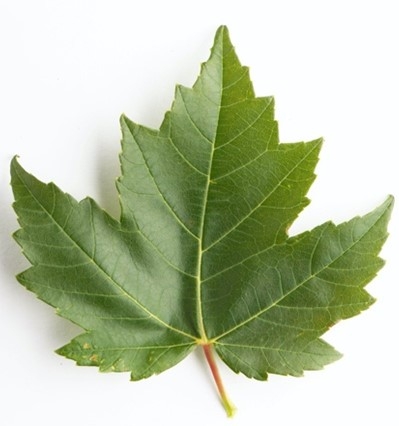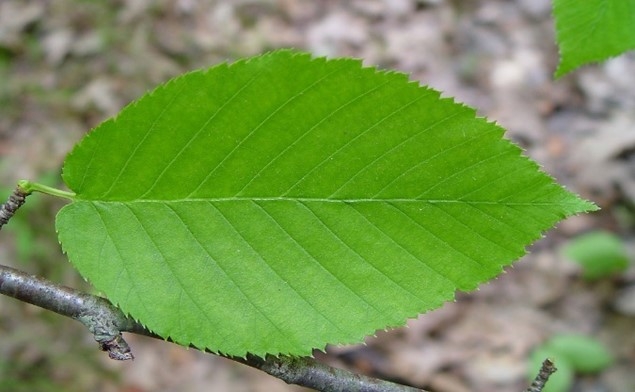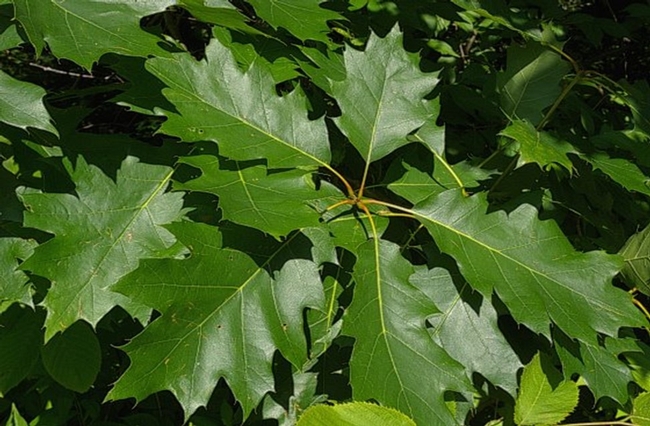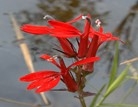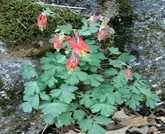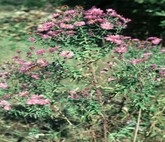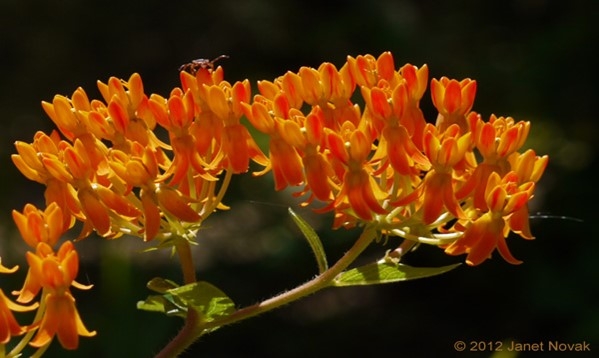- Author: Elvira Bautista DeLeon
My husband and I are currently in New Haven, CT on a working visit helping our grandkids Amos, 7, and Lukas, 4, with on-line schooling due to the current COVID pandemic. My son David and wife Koritha needed on-line supervision of the kiddos while doing their professional schooling and teaching, respectively, so off we went.
When we arrived on September 7, the weather was warm and humid; it was
late summer and 15 days before fall. Since then, most days have been partly cloudy with temperatures hovering in the mid-'40s in the morning to high 50's and low 60's. It rained at least three times already. New Haven has hot, humid summers and cools to cold winters. From May to late September, the weather is typically hot and humid (my grand kiddos hair attested to this) with average temperatures exceeding 80 degrees.
The city of New Haven covers 20.13 square miles and is known as the home of Yale University. Its best known geographic features are its large, shallow harbor, and two reddish basalt trap rock ridges which rise to the northeast and northwest of the city core. These trap-rocks are known respectively as East Rock and West Rock, and both have extensive parks.
A small city, New Haven is surrounded by lovely wooded areas and forests. Starting about three weeks ago, the leaves slowly started changing into their autumn splendor. As I write this blog, most trees are at their “bestest” fall colors from greens to browns, dark orange, yellows, reds, purples, and a mix of colors. When the wind blows (and it's been windy lately), it starts raining leaves. My daughter-in-law raked a big pile of black oak leaves last Friday and I was like a little child jumping all over the pile with Amos! We had soooooo much fun!
On October 24, we visited the West Rock State Park and Lake Wintergreen where we hiked the forest floor. It was a beautiful canopy of trees of all kinds, an ecosystem of lush plants and vegetation on the top layer of the forest ground. Everything was so fresh, alive, and thriving. There were fallen tree trunks all over the floor with native plants and different colors of mushrooms and moss surrounding such beautiful sight. I even saw a sleeping snake on a tree and was sure glad I didn't wake it up when I took its picture. I took some pictures and did some research in-between attending on-line school with Lukas.
SOME COMMON NH NATIVE TREES:
- American Elm (Ulmus americana). Elm Family (Ulmaceae). Wide canopy. Grows to up to 80 ft. Was formerly widely planted as a street tree in NH as early as the 1690s and is the namesake of New Haven's familiar epithet, “The Elm City.” Dutch Elm Disease has killed most of the American Elms in New Haven and other cities since the 1950's and much research has been done to develop new strains that are more resistant to the disease. See Leaf Pic 1.
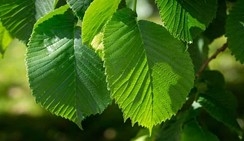
American Elm
- Red Maple (Acer rubrum). Soapberry Family (Sapindaceae). Good fall color. Grows 40-60 ft. Leaves are opposite, simple 3 palmate lobes, toothed. Considered the best maple as a street tree in CT. A native species highly variable in morphology and ecology, occurring on both wetland and upland sites. Adopted to most soils and does well in urban conditions. One part of this tree is red at each season of the year. In the fall, the leaves are bright red, in the winter young twigs and buds are red, in the spring the flowers are red, and in the summer the leaf petioles and young fruits are red. See Leaf Pic 2.
- Black Birch or Sweet Birch (Betula lenta). Birch Family (Betulaceae). Wide canopy. Not for street planting due to weak wood. Grows 40-55 ft. Leaves are alternative, simple 4” and finely double-toothed. Common in moist forests of southern New England. Its seeds can remain dormant in the soil for many years forming a “durable soil seed bank”, that will germinate only when a tree fall or other disturbance creates an opening in the forest canopy. See Leaf Pic 3.
Leaf Black Birch
- Red Oak (Quercus rubra). Beech Family (Fagaceae). Wide canopy. Grows 60-80 ft. Leaves are alternate, simple, lobed and bristle tipped 7”. One of the most commercially important tree species of New England forests. Does well in urban conditions and transplants more easily than other oaks. The acorns are 1” long with a shallow flattened cap that resembles a beret, ripening in the second autumn after pollination. See Leaf Pic 4.
NATIVE PLANTS
Native Plants are abundant on the forest floor of NH; they support birds, pollinators, and other wildlife. Here's a few of them:
- Cardinal Flower (Lobelia cardinalis) Zones 3-9, perennial, moist soil in part shade, or wet soil in full sun. Flowers bloom in mid-to-late summer; the brilliant red flowers are a favorite of hummingbirds. 3ft tall. See Plant Pic 1.
- Wild Red Columbine (Aquilegia canadensis), Zones 3-9, perennial, full to partial shade. Average to moist soil. Tends to seed itself in the garden. Will grow in the garden except in very strongly acidic soil. 1-2ft tall. See Plant Pic 2.
- New England Aster (Symphyotrichum novae-angliae), Zones 3-9, perennial, full sun to partial shade. Lights up the fall garden with cheerful flowers, resembling purple daisies. 3-5ft tall. See Plant Pic 3.
- Butterfly Milkweed (Asclepsis tuberosa), Zones 3-9, perennial, full sun. Marvelous for attracting butterflies. Bright orange flowers in July and August. Container-grown plants transplant easily. See Plant Pic 4.
All the above native plants are hardy throughout Connecticut, which is in Zones 5-6. I collected some beautiful fall leaves I picked up on our walks and sharing a picture of them as well.
Time flies by so quickly and we will be going home on Halloween Day. Grateful for the 54 days we spent with our son and family especially with the grands; however, there's no place like home.
Oh, did I tell you I grew some green onions, 4 celery plants, sweet potato tops, lemongrass, and two apple seedlings, respectively from kitchen scraps and seeds while here, too? I planted them in containers with the help of Lukas and they are doing well.
References:
Yale University Guide to New Haven's Trees, Urban Resources Initiative, Philip Marshall, Ph.D. Website: uri.yale.edu CT Audubon Society
Connecticut Botanical Society – Gardening with Native Plants Wikipedia


